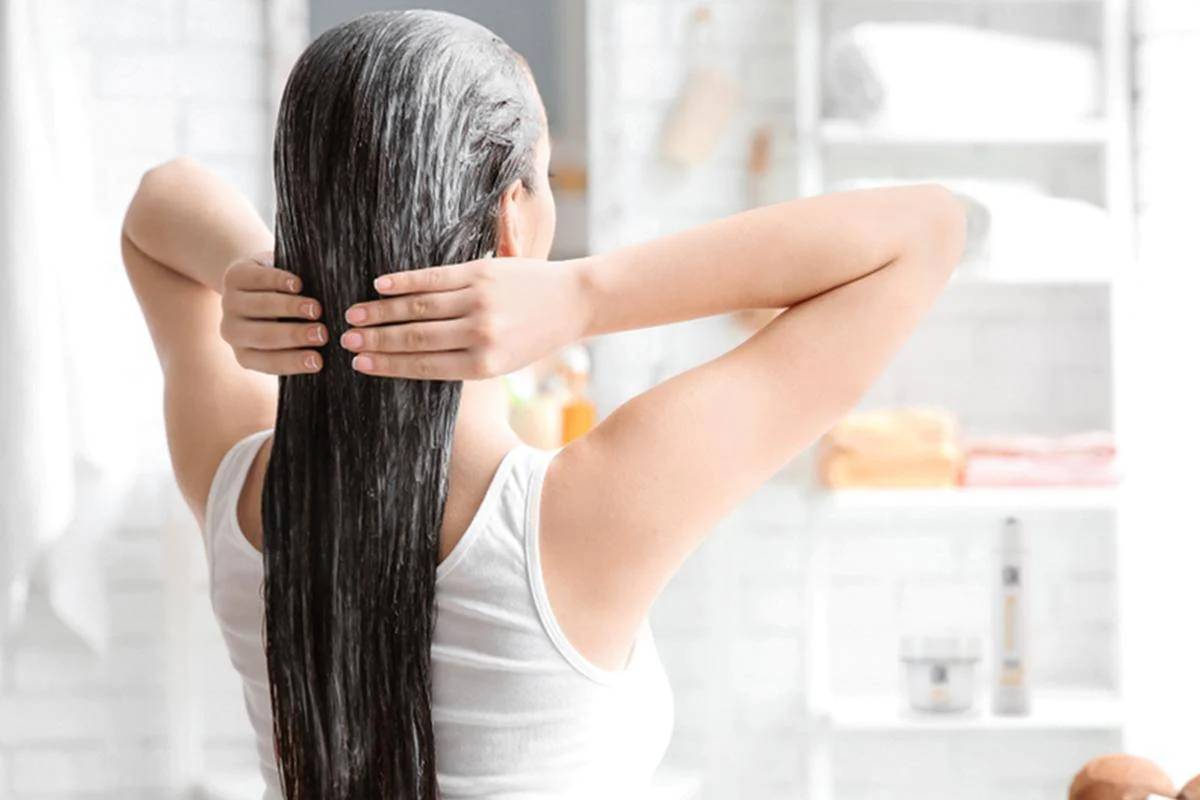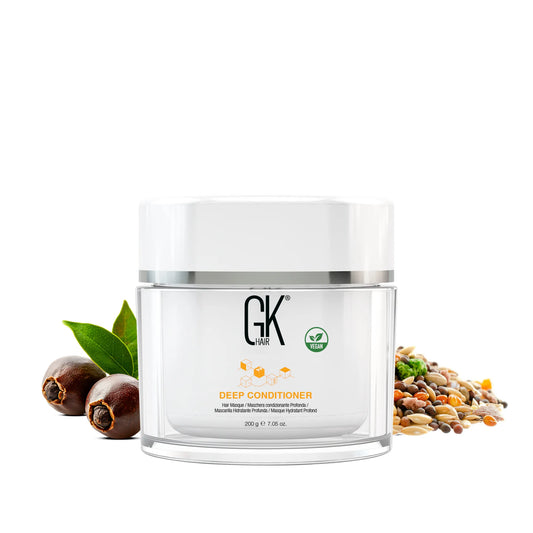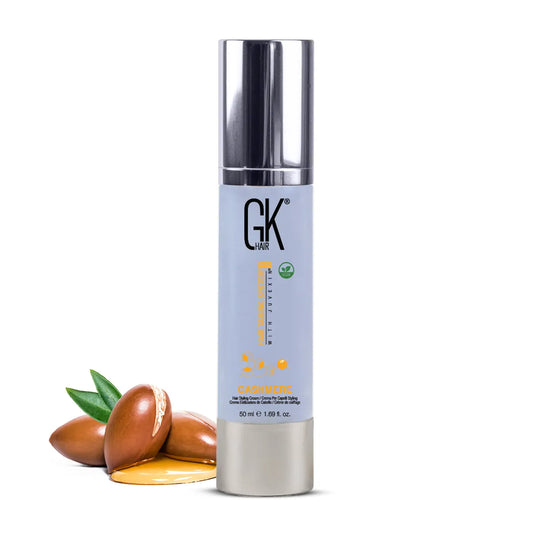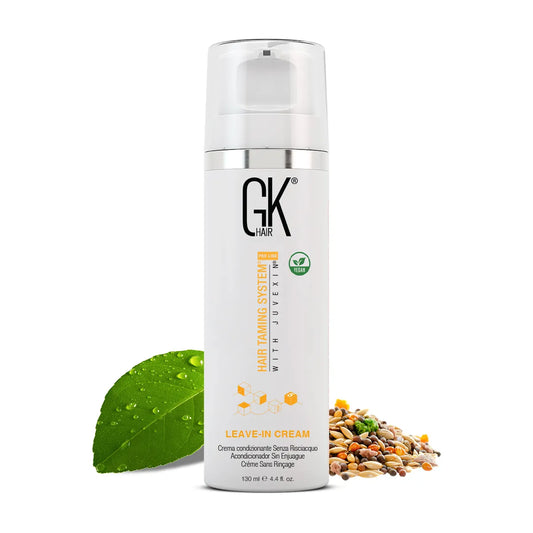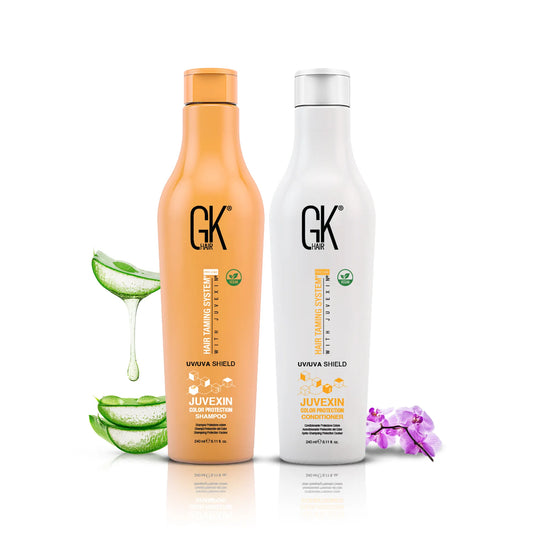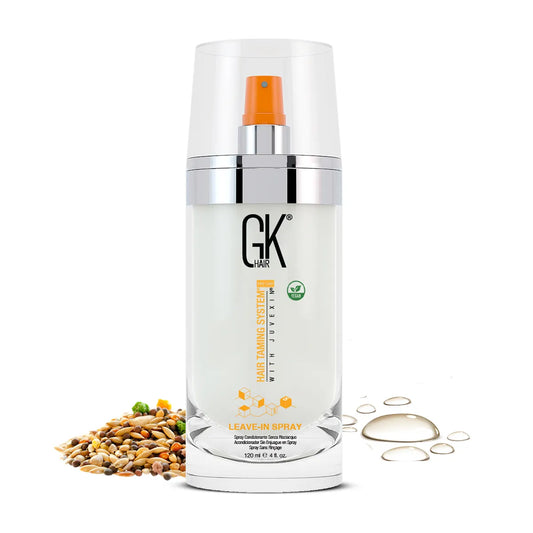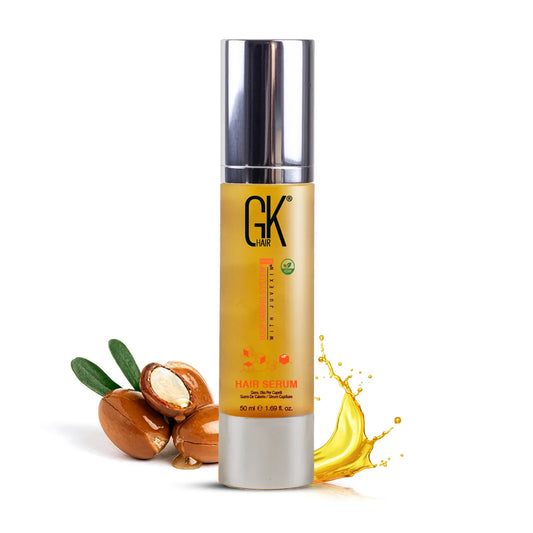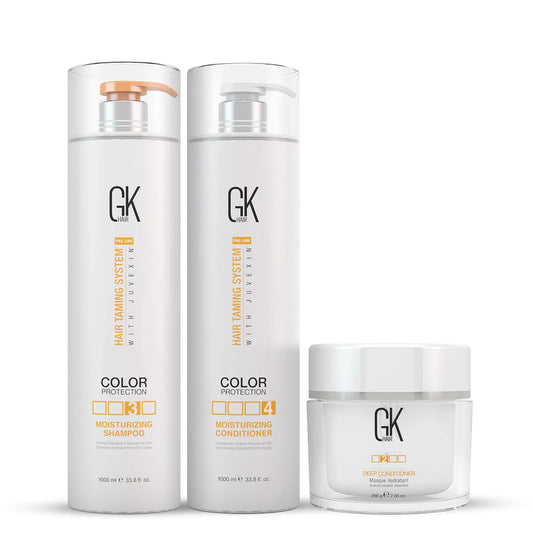If you've ever gone to the salon in need of a hair reset and you are left wondering why your hair feels silky, bouncy and becomes almost weightless, the secret is not far-fetched at all. It's in a deep conditioner. Yet, many people do not indulge in one in their hair care routine.
Why Do You Need a Deep Conditioner?
The truth is, if you do not know why you should add a deep conditioner to your list of products, it would feel like a regular product, which it should not. You'll agree your hair is like fabric — it stretches, pulls and loses shape over time. A deep conditioner contains a blend of ingredients that are thicker, richer, and made to sink into your hair shaft rather than just coat the surface.
If your hair needs rescuing, then a daily regular conditioner may not seal the deal; what you need is a deep conditioning treatment.
Your hair often whispers when it needs some extra love. You just must be able to see the signs and interpret them. Not sure if it's time to add a deep conditioning treatment to your routine? Here are telltale signs that guide me and would be useful to you:
- Your hair feels dry no matter how much moisturising conditioner you use.
- Split ends keep showing up.
- Your hair breaks when brushing or just touching.
- Serum doesn't fix the dryness in your hair.
- Your hair tangles too easily
- Curls look dull and patternless
The Stylist's Step-by-Step Deep Conditioning Process
Hair experts do deep conditioning all the time. If you've lost touch with your hair, then your hair needs a deep conditioner. These professionals already have a hang of how to deep condition, so let's walk you through the process.
1. Start With Clean Hair
First, you need to cleanse your hair. You can't enjoy the full benefits of the conditioner if your hair still harbours dirt and buildup. I usually do a deep cleanse with GK Hair's Clarifying pH+ Shampoo. This does a thorough cleaning on the lengths and roots, ensuring that your hair is clean and ready for the deep conditioner to do its thing.

2. Apply the Conditioner
Next, I apply the Deep Conditioner generously on every part of my hair. When it comes to applying the conditioner, trust me, here's what is most important: Apply more of the conditioner on your mid-lengths and ends, which are usually the driest part of your hair.
Pro Tip: I’ll advise those with an oily scalp to avoid spreading the conditioner on their roots. Otherwise, apply a small amount of the conditioner on the roots too, so that it also gets some of the tender, loving care.
3. Add Heat or Not
This is the part where you need to be careful. Whether or not you need to apply heat is dependent on your hair type. For low porosity hair, adding a bit of heat using steamers like stylists do can help get the results faster and deeper.
First, put on a shower cap and then a warm towel. This is you applying heat in a gentle way. However, if your hair is porous, skip the heat. The cuticles are already opened, so the nutrients sink in easily.
4. Wait: Follow the Product's Timing
I normally wait for 20 minutes after using GK Hair's Deep Conditioner. The product isn't going to be more effective when you leave it longer than what's recommended for you. It could instead end up overconditioning, leaving it greasy and prone to breakage even after you rinse. Follow the recommended timing and instructions on your deep conditioner.

5. Comb Through Your Hair
Just before you rinse, don't forget this one. Combing is one of the best things you can do to your hair before rinsing. You only need a wide-tooth comb or even your fingers. One, combing helps to distribute the product evenly. Most importantly, it makes it easier to care for your hair when the product has been rinsed out.
6. Rinse With Cool Water
A cool rinse, not a lukewarm-water rinse, is an age-long trick that stylists follow for faster results. If experts wouldn't skip this, then you shouldn't either. A cool water rinse helps to close the cuticle with the moisture it has absorbed.
Leave-In Conditioner Cream vs Deep Conditioner: When Should You Use Which?
Both the leave-in hair cream and deep conditioner are two different products that should be on your shelf. Although they fall under the conditioner category, they work differently. You'll need a leave-in cream on days the weather feels harsh. A leave-in conditioner cream is a no-rinse out conditioner, meaning that it helps protect your hair all through the day.
Unlike your daily conditioner, which you'd rinse out after application, leave-in conditioners are designed to be left on your hair. Leave-in conditioners do not provide as much intense hydration as deep conditioners do. They only moisturise and keep your hair protected against frizz and other elements daily. So, you see, a deep conditioner cannot replace a leave-in conditioner.
A deep conditioner is a treatment that lasts for days. Depending on your hair type, a deep conditioning treatment should be done once a week or once in two weeks. Leave-in conditioners is your daily dose of support and care for your hair.

Still Feeling Unsure About How to Begin? Read the 2025 Guide on When to Use Leave-In Conditioner
Why Stylists Win With Products
I'm sure you sometimes wonder why salon treatments feel more effective than at-home treatments. It's so much more than them being professionals. The secrets lie in the professional hairdressing products they use. On their shelves are high-quality and luxurious products and tools that they have tested and now come to trust.
GK Hair products make their way onto almost every shelf, and professionals use them to deliver premium results every time. The exciting part? We have many at-home products too. In fact, they are designed for home use with a “how to use” section to guide you.
Effective Tips to Make Your Deep Conditioner Hair Treatment Last
When you do a deep conditioning hair treatment at the salon, they don't apply the product and send you home. They often recommend aftercare products to stretch the conditioning treatment further. If they don't tell you, ask them.
- For my routine, I normally use a leave-in spray or GK Hair's Argan Oil Serum to keep my ends free of frizz. Using the deep conditioner doesn't require expertise, and you could become your own stylist in just a few attempts. So, if you're new to the game, welcome!
- Cut down on heat styling. Too much heat undoes the work within a short while.
- Use sulphate-free shampoos - you need moisture, so don't lose it to sulphates.

